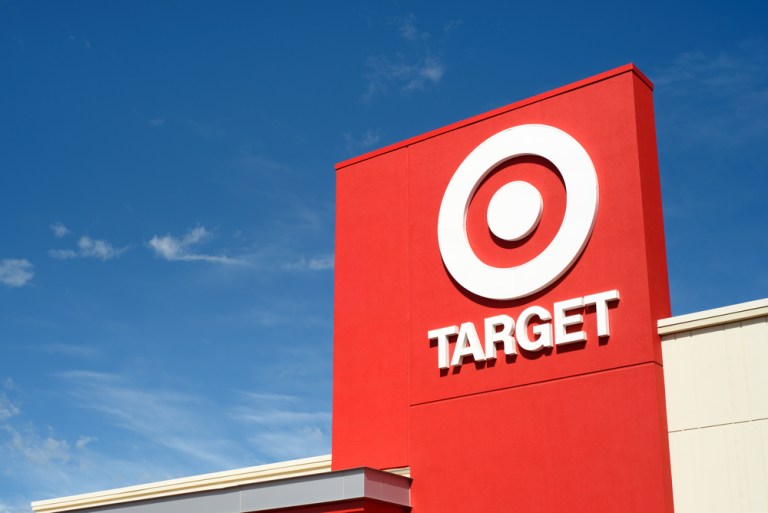
Target bought Shipt in December 2017 for $550 million. It was one of the largest acquisitions at the time for the company, and it moved the retail giant closer to its goal of providing same-day delivery for all of its customers.
Now, with the new year just days away, Target has revealed some of its plans for the future with Shipt, according to reports. Target currently provides same-day service for in about 200 markets through 46 states. It includes most of the things that Target sells, like groceries and electronics, essentials and home necessities, all in an hour.
“We’re always looking for ways to make shopping Target’s selection even easier,” John Mulligan, Target’s chief operating officer, said in a blog post. “With Shipt, same-day delivery became a reality for our guests across the country, making Target the first retailer to offer the service coast to coast.”
When Target first started with Shipt about a year ago, the service was only available in about 70 markets. Since joining Target, Shipt membership tripled and it hired 375 new employees to work at its locations in Birmingham, Alabama and San Francisco.
Looking forward, Target wants to continue growing.
“We’ll increase our assortment on the platform to include all major product categories,” the company said, “and Shipt and Target will continue to expand to new markets.”
It’s not surprising that the most popular products ordered through Shipt are groceries, and the company provided a list of what most people order when they use the service. The top 25 most bought items include eggs, milk, avocados, bananas, strawberries, shredded cheese, butter and limes.
Also about a year ago, Target acquired San Francisco-based transportation technology company Grand Junction, to aid in its same-day delivery quest.
Grand Junction provided Target with software to manage local deliveries with retailers, distributors and logistics providers through a 700 carrier network. The software’s tech allows for the determination of the fastest route for a local delivery, while also giving a summary of each carrier’s performance.